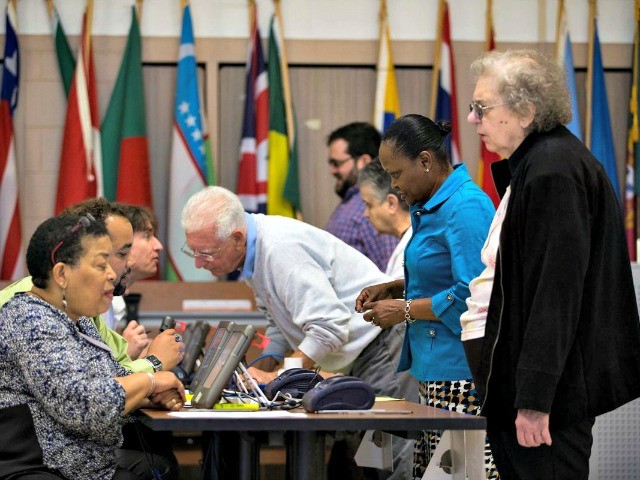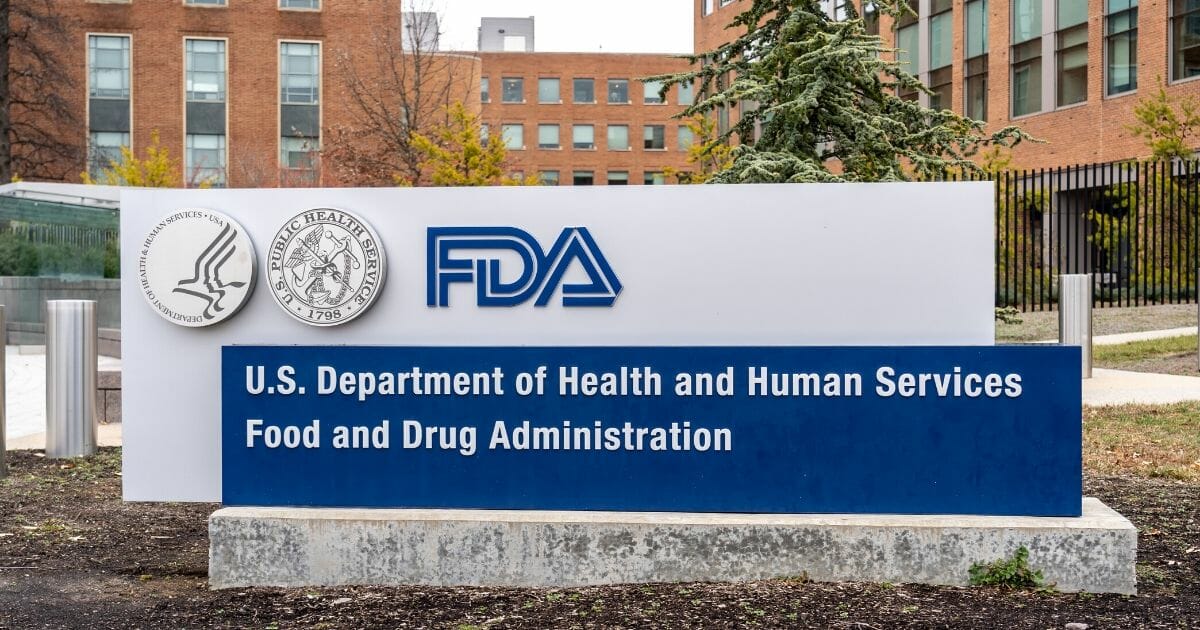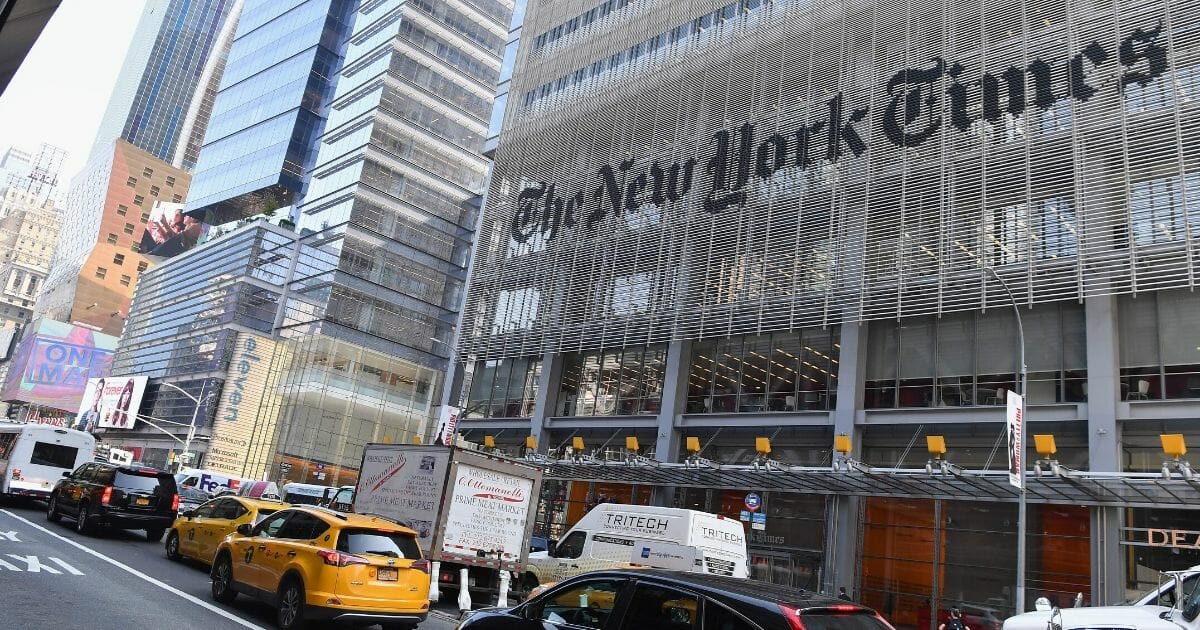Japan has earmarked hundreds of billions of yen of its coronavirus stimulus relief to go toward helping its manufacturing companies move their production plants out of communist China and back to Japan or to other countries.
“The extra budget, compiled to try to offset the devastating effects of the pandemic, includes 220 billion yen (US$2 billion) for companies shifting production back to Japan and 23.5 billion yen for those seeking to move production to other countries, according to details of the plan posted online,” Bloomberg News reported. “That has renewed talk of Japanese firms reducing their reliance on China as a manufacturing base. The government’s panel on future investment last month discussed the need for manufacturing of high-added value products to be shifted back to Japan, and for production of other goods to be diversified across Southeast Asia.”
The move comes after communist China lied to the world about the extent of the coronavirus outbreak in their country and tried to cover it up, which led to the outbreak spreading like wildfire throughout China and eventually the rest of the world.
“China is Japan’s biggest trading partner under normal circumstances, but imports from China slumped by almost half in February as the disease closed factories, in turn starving Japanese manufacturers of necessary components,” Bloomberg News added. “Japan exports a far larger share of parts and partially finished goods to China than other major industrial nations, according to data compiled for the panel. A February survey by Tokyo Shoko Research found 37 per cent of the more than 2,600 companies that responded were diversifying procurement to places other than China amid the coronavirus crisis.”
Japan’s moves against communist China likely preview similar action that will be taken by other nations around the world, including the United States, against China.
The Washington Post’s Josh Rogin reported this week:
It’s difficult to gauge — in the middle of the crisis — how exactly the U.S.-China relationship is changing. But everyone senses it will never be the same. Political leaders in Washington and Beijing have put their war of words on hold for the moment. But there is clear evidence that China is planning to use the crisis to its economic and political advantage worldwide.
Inside the Beltway, Republicans attack Democrats, Joe Biden and the media for not being critical enough of the Chinese Communist Party. Democrats attack President Trump for saying “Chinese virus” and attack any Republicans who blame the coronavirus pandemic on the CCP as racist.
Yet a new poll shows that, outside the Beltway, the coronavirus crisis is actually bringing Americans together on the China issue. Republicans and Democrats now largely agree that the Chinese government bears responsibility for the spread of the pandemic, that it can’t be trusted on this or any other issue, and that the U.S. government should maintain a tough position on China on trade and overall, especially if Beijing again falters in its commitments.
The New York Post reported at the start of the week that China allegedly had blocked U.S. manufacturers from being able to export medical safety gear out of the country as the pandemic exploded worldwide.
White House Trade Adviser Peter Navarro indicated late last week that there would be changes to the way that the U.S. does trade business after this is all over. Navarro is widely known because of his hawkish views on China.
“One of the — one of the things that this crisis has taught us is that we are dangerously over-dependent on a global supply chain for our medicines, like penicillin; our medical supplies, like masks; and our medical equipment, like ventilators,” Navarro said. “We have — right now as we speak, over 50 countries have already imposed some forms of export restrictions in their country against the rest of the world. And what we’ve — what we’re learning from that is that no matter how many treaties you have, no matter how many alliances, no matter how many phone calls, when push comes to shove you run the risk, as a nation, of not having what you need.”
via The Daily Wire
Enjoy this article? Read the full version at the authors website: https://www.dailywire.com








